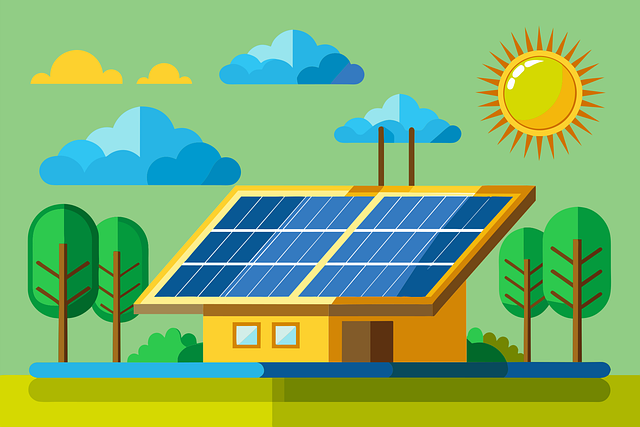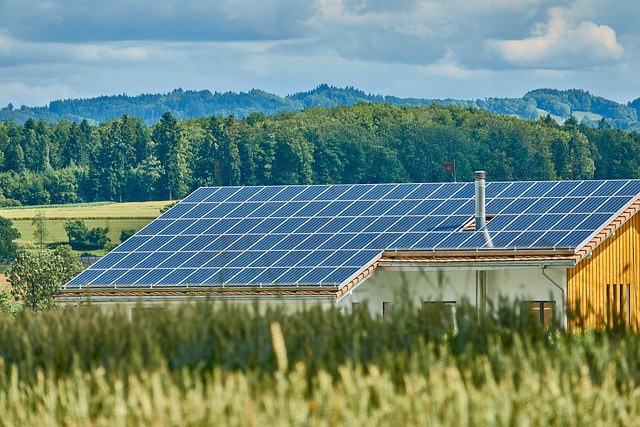Evaluating a roof's condition is crucial for real estate professionals and investors, as age and material heavily influence durability. Older roofs (over 20 years) show wear like cracked shingles, impacting energy efficiency and structural integrity. Sun resistance is key; asphalt shingles fade with UV exposure, while metal roofing offers longevity. Regular maintenance and professional inspections prevent costly repairs by identifying issues early, such as missing shingles or water damage, thereby enhancing the value and lifespan of real estate assets.
When evaluating a property’s value in real estate, the roof is a crucial component often overlooked. This article guides you through assessing roof condition and sun exposure—essential factors that can significantly impact a home’s longevity and resale value. Learn about the aging process of different roofing materials and how intense sun exposure accelerates damage. Discover practical strategies to mitigate risks through regular maintenance and professional inspections, ensuring your roof remains in top shape.
Assessing Roof Age and Material: A Foundation for Evaluation

Evaluating roof condition in real estate is a crucial step for any property owner or investor. A roof’s age and material form the foundation of this evaluation, offering insights into its longevity and potential vulnerabilities. Older roofs, typically over 20 years old, may exhibit signs of wear and tear, including cracked shingles, damaged flashing, and reduced insulation effectiveness. These issues can lead to increased energy costs, as well as potential leaks and structural damage if left unaddressed.
When assessing roof materials, consider their natural resistance to the elements, particularly sun exposure. Asphalt shingles, a common choice in real estate, offer reasonable durability but may fade or become damaged under intense sunlight. Metal roofing, on the other hand, is known for its longevity and ability to withstand harsh weather conditions, including UV radiation from the sun. Understanding these factors helps buyers and sellers make informed decisions regarding roof maintenance, replacement, or repair, ensuring the property’s structural integrity and long-term value in the real estate market.
The Impact of Sun Exposure: Understanding UV Damage and Degradation

In the realm of real estate, understanding the impact of sun exposure on roofs is paramount for property owners and investors alike. Unmitigated UV radiation can lead to significant damage over time, accelerating the degradation of roofing materials. The constant battering from solar rays weakens shingles, tiles, and other protective layers, causing them to crack, curl, or become loose—a scenario that can compromise structural integrity and invite costly repairs or replacements.
Moreover, prolonged sun exposure contributes to a process known as photodegradation, where UV light breaks down the chemical bonds in roofing compounds. This not only reduces the overall lifespan of the roof but also impacts its aesthetic appeal. Discoloration, fading, and loss of gloss are telltale signs of UV damage, diminishing the property’s curb appeal and market value. Real estate professionals should factor these considerations into their assessments to ensure informed decisions regarding maintenance, repairs, or replacements.
Strategies for Mitigating Risks: Maintenance Tips and Professional Inspection Recommendations

Regular maintenance and professional inspections are key strategies for mitigating risks associated with roof conditions and sun exposure in real estate. Homeowners should schedule routine checks to identify and address issues early, such as missing or damaged shingles, flashing problems, or signs of water intrusion. These proactive measures not only extend the lifespan of the roof but also prevent costly repairs.
Professional inspections offer a comprehensive assessment, utilizing advanced tools and expertise to uncover potential problems. This includes checking for proper drainage systems, evaluating sun-related damage like UV degradation or heat-induced expansion, and assessing the overall structural integrity. By combining regular maintenance with professional inspections, homeowners can ensure their roofs remain in optimal condition, enhancing the value and longevity of their real estate investments.






